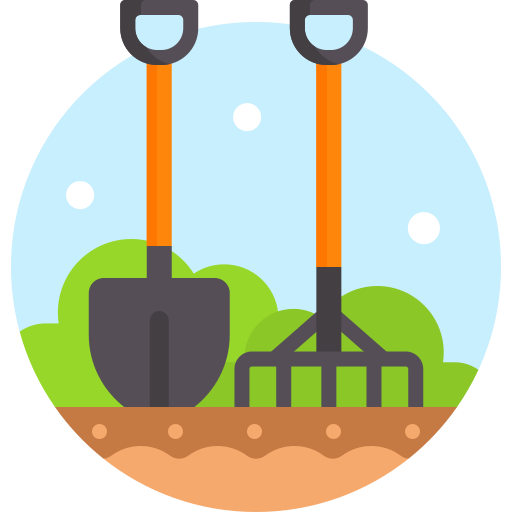I had a volunteer milkweed this year in my small raised bed/container garden.
Early into the season it developed a yellow aphid infestation. I was horrified! They were disgusting things (and far, far too many of them). While I was interested in an insect garden, I was worried spread to nearby plants, specifically my prized blackberries, affecting yields.
I researched and treated the aphid infestation with Neem Oil and basically killed the living population. Success!
Or so I thought…
After I traveled for about a month, I returned to see the aphids had rebounded in full force.
An interesting thing though, neither had they spread to other plants.
Even more interesting there were ladybugs, there were beetles, there were wasps, there was even a praying mantis.
I wouldn’t say the milkweed is super happy about the arrangement, but it is growing, and it was a volunteer into the garden.
Overall it’s been the best plant of the season by far teaching me a little bit about ecosystems.
TLDR: my aphid infestation totally allowed my predator insect population to boom


Do you have a source for the monarchs not needing more milkweed planted? I’m hoping I missed some great news.
Last I heard the advice was still to plant more milkweed because we’re below the level needed to try and grow the population - since it’s being considered for protection under the Endangered Species Act and milkweed is the only plant the caterpillars can survive on. If we got that done or found a better way that’s awesome
Not good news. So I’m coming from a Florida perspective. The general wisdom here in the past has been native milkweed in the garden is important for the monarch.
After working at native plant nurseries, and now for the local government doing environmental work, I’ve seen the narrative shifting to no milkweed.
Basically, disease has become a big issue in our South Eastern monarch populations, and it turns out that gardens have become hotspots for it. Here is an article on the subject.
https://www.wuwf.org/2024-09-03/half-the-butterflies-in-northwest-florida-are-dying-from-a-parasite-on-milkweed-plants
I personally stopped recommending Milkweed of any kind to people years ago after seeing the effect of disease in the nursery I worked it.
Interesting. Do you know if this is a problem on the west coast? The article leaves it vague, with some indication that it may only be a Florida problem
Unfortunately, I do not know. If you find anything out, I’d like to hear about it.
Doesn’t seem to be an issue in places where the milkweed dies every winter. It’s a problem in Florida due to their climate, and especially with non-native tropical species of milkweed that have a longer lifespan.
Well damn, I was hoping it was for a good (happy) reason. I’ll make sure to keep an eye out for signs of OE in my native flower garden